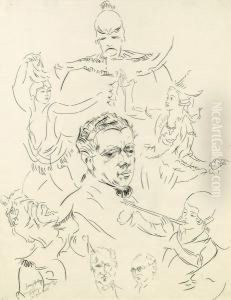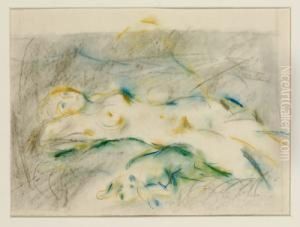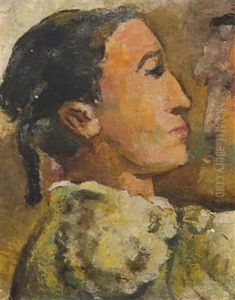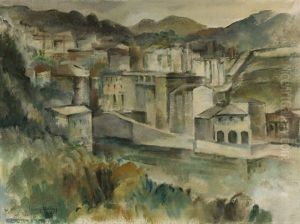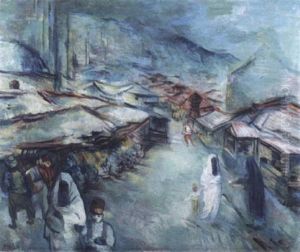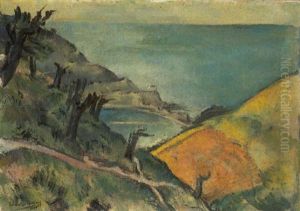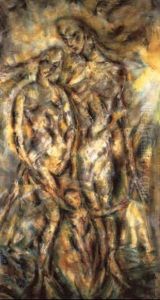Fritz Schwarz-Waldegg Paintings
Fritz Schwarz, known as Fritz Schwarz-Waldegg, was an Austrian painter and graphic artist born on August 21, 1889, in Vienna, Austria. He was a part of the early 20th-century expressionist movement, a style characterized by its focus on the depiction of emotional experience over physical reality. Schwarz-Waldegg's work often dealt with social and political themes, reflecting the tumultuous era in which he lived.
Schwarz-Waldegg studied at the Academy of Fine Arts Vienna under the guidance of Christian Griepenkerl and Rudolf Bacher. He continued his education in Munich and Paris, where he was exposed to the avant-garde movements of the time, including Cubism and Fauvism, which influenced his style. His early work was marked by bold colors and dynamic compositions, and he was known for his landscapes, portraits, and still lifes.
As the political situation in Europe grew more precarious with the rise of National Socialism, Schwarz-Waldegg, who was Jewish, faced increasing persecution. His artwork was deemed 'degenerate' by the Nazis, a term that was used to ostracize and suppress art that did not align with their ideology. In 1938, after the annexation of Austria by Nazi Germany, Schwarz-Waldegg was arrested and deported to the Buchenwald concentration camp.
Fritz Schwarz-Waldegg's life was tragically cut short when he was murdered in the concentration camp in 1942. Despite the efforts to erase his legacy and the destruction of many of his works, some of Schwarz-Waldegg's art survived, and posthumous exhibitions have been held to honor his contribution to the art world. His work now stands as a haunting reminder of the creativity that was targeted during one of history's darkest periods and serves as a testament to the enduring human spirit.
